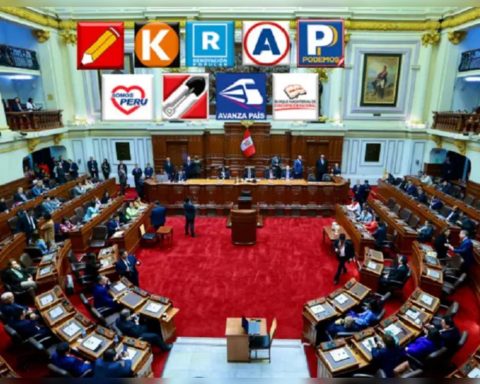In a week marked by the Government’s presentation of its National Lithium Strategy, a transcendental element for renewable energies, the Chilean public universities belonging to the Association for the Development of the Institute of Clean Technologies (Asdit) they gave the coup by winning the Institute of Clean Technologies (ITL) of Corfo.
Let us remember that, initially, the ITL had been awarded by the Associated Universities Inc. (AUI) consortium, made up of nine foreign universities and Chilean partners such as the Universidad del Desarrollo and San Sebastián. But an appeal for constitutional protection filed by rectors of Chilean universities before the Supreme Court – which accused errors and irregularities in the bidding process – was accepted and, therefore, annulled the award documents of January 4, 2021. In its argument, the highest court in the country referred to the double role played by the former general manager of Corfo, Felipe Commentz Silva, in the Evaluation Commission and, later, as substitute executive vice president -due to the disqualification of the incumbent, Pablo Terrazas- in the Council of Ministers of Corfo, indicating that “it constitutes a manifest irregularity”.
It may interest you:
Currently, during the last session of the Council of Corfo, which was chaired by the Undersecretary of Economy and Smaller Companies, Javiera Petersen, defined the new award, which was celebrated by the members of Asdit. “Both the country and the Antofagasta Region, as well as all the institutions that will participate and develop the ITL, celebrate that a founded, serious and informed decision has been made by Corfo, fully honoring the purpose of the ITL, which is none other to improve the quality of life of Chileans with new knowledge, innovation and technological developments that support sustainable development for our country, humanity and future generations”, said its board of directors.
In this sense, they explained that Asdit’s proposal sought “from its origin to promote regional and national development, and implement and push for the industrial scaling of new technologies to have sustainable lithium and copper mining linked to their territories, leveraged by the development of green hydrogen and its derivatives, energy storage and the circular economy, and implementing these models of technological scaling based on a model that promotes cooperation and competition, through co-participation in industrial technological pilots that will be implemented in the Antofagasta Region, promoting the human capacities, knowledge and installed infrastructure of our region, in addition to taking advantage of the unique advantages of the Atacama desert through a linkage, associativity and innovation model never seen before in the history of our country”.
“This opens a process that will mark a before and after in the innovation models applied around green mining, understanding green mining as one that seeks a very low environmental impact, in terms of water consumption, waste, emissions, and that permanently seeks energy efficiency and incorporates a transparent recognition of its challenges, in order to summon the ecosystem to address those challenges in an open and collaborative manner.We take responsibility for this opportunity and we know that it is essential to advance the purpose of the ITL, with a much more active participation of the main players in the industry, applied science and innovation and the Antofagasta Region, and the entire innovation ecosystem of our country that is connected through a robust and participatory governance of the ITL”, they added.
Asdit’s proposal was led by the Corporación Alta Ley as agent, and the universities of Antofagasta, Católica del Norte, Tarapacá, Chile, Pontificia Universidad Católica de Chile, Católica de Valparaíso, Universidad Técnica Federico Santa María, University of Santiago, Adolfo Ibáñez University, University of Talca and University of Concepción.
The ITL will be built in the Antofagasta Region and contemplates an investment of US$193 million over 10 years, which comes from the agreement between Corfo and the non-metallic mining company SQM, and other resources to promote solar energy, sustainable mining and advanced materials. lithium and other minerals, in addition to green hydrogen.

















